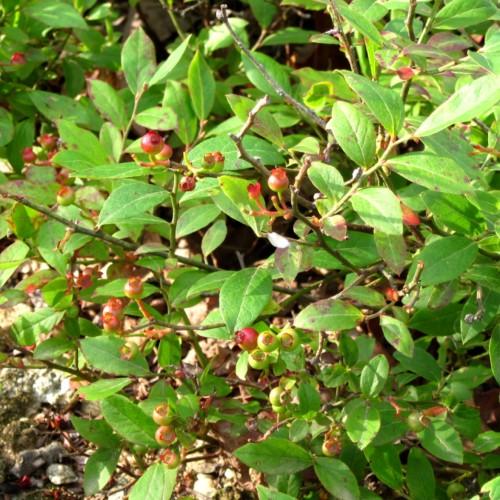
Running Serviceberry
Amelanchier humilis
Also Known As - Juneberry,ShadbushWatering:
Average
Hardiness Zone:
Flowers:
Flowers
Sun:
Sun
Soil:
Clay, Loam
Fruits:
Fruits Ready In Fall
Edible:
Yes
Leaf:
Yes
Growth Rate:
Low
Drought Tolerant:
Yes
Care Level:
Medium
watering
The plant species Fernald Serviceberry (Amelanchier fernaldii) needs to be watered regularly, around every 10 days or so. Ensure the soil does not dry out completely between waterings. Initially, it requires more frequent waterings to help the roots establish. Gradually, as the plant matures, the frequency of waterings can be decreased slightly. However, be sure to avoid over-watering, as this can cause the roots to rot due to fungal diseases, which could irreversibly damage the plant.
sunlight
Fernald Serviceberry (Amelanchier fernaldii) prefers partial shade or light shade, meaning it is best suited to receive 4-6 hours of direct sunlight per day. However, it will also tolerate full sun when given sufficient moisture. Fernald Serviceberry prefers morning sun over afternoon sun as the intense afternoon sun can lead to leaf scorch. When grown in partial shade or light shade, it is best to provide the plant with some protection from intense afternoon sunlight.
pruning
Pruning of Fernald Serviceberry (Amelanchier fernaldii) should be done between mid to late spring, when the plant has finished flowering. It should be done with sharp pruning shears or loppers and should be done with care to not damage the branches. Pruning of Fernald Serviceberry should be done with the intention of opening up the canopy of the plant, shaping the foliage, and thinning out older and weaker branches. You should also remove any dead, diseased, or damaged branches and those that are crossing or rubbing against each other. A light pruning can be done annually, while more severe pruning can be done every 3 to 5 years.
